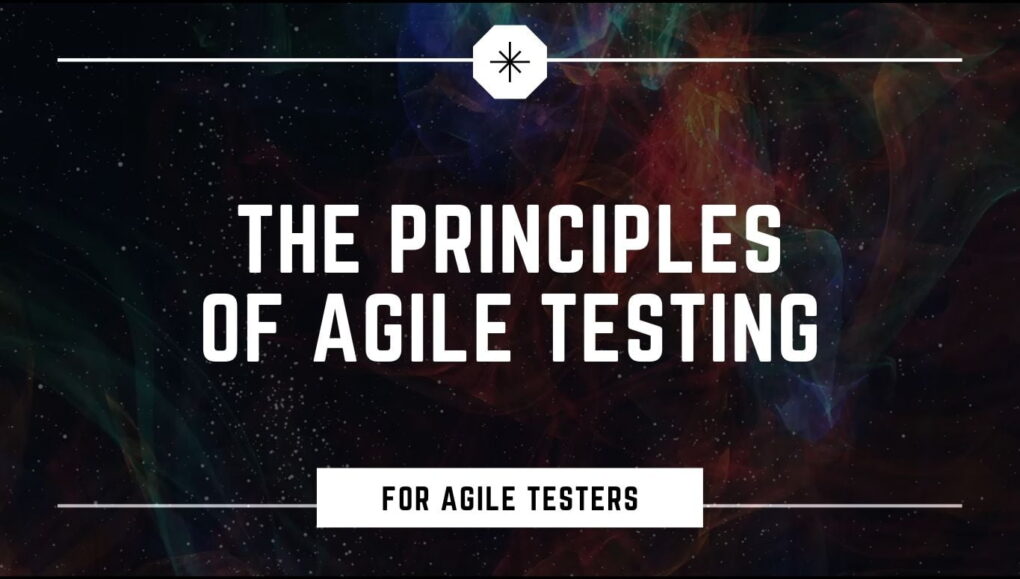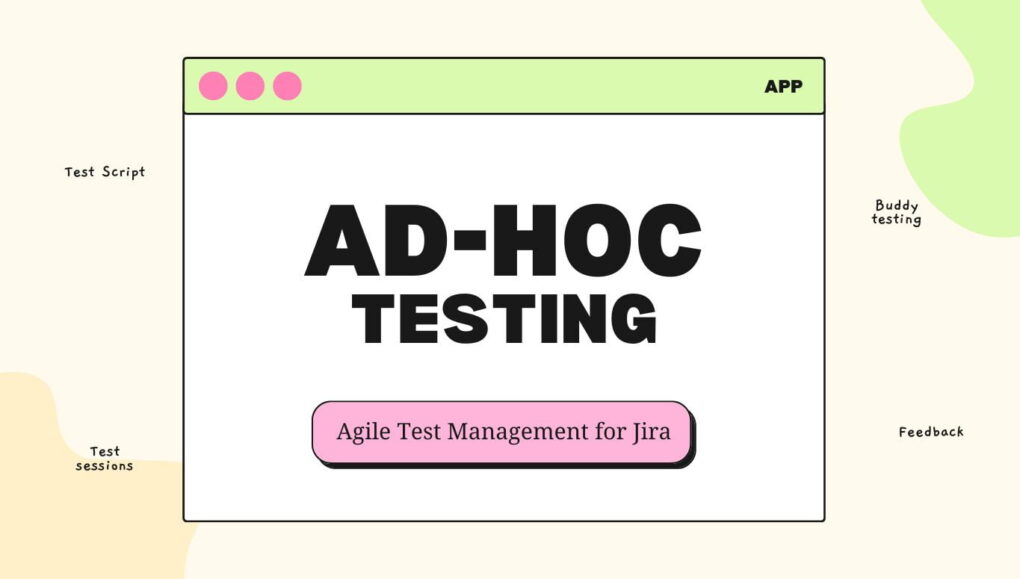Software testing is an essential phase in the software development lifecycle. Automated testing has gained popularity due to its ability to enhance test efficiency and reduce human errors.
Among the various approaches in automated testing, two techniques stand out: Data-Driven and Keyword-Driven testing. Both of these approaches offer unique advantages and can be even more potent when combined.
In this article, we will delve into the concepts of data-driven and keyword-driven testing, explore their individual benefits, and understand how combining them can create a robust test automation strategy.
Understanding Data-Driven Testing
Data-driven testing is a testing technique that involves running the same test code multiple times, varying only the input data and expected results. The primary goal is to validate the application’s behavior under different data scenarios.
Instead of hardcoding test data into the test script, data-driven testing relies on external sources like spreadsheets or tables, making it easier to manage and maintain test cases.
For example, consider login functionality. In traditional testing, you might have separate test cases for each user’s login credentials.
In data-driven testing, you would create a single test case, and the test data would be sourced from a spreadsheet containing multiple rows, each representing different login credentials. The test script would loop through each row, executing the login process with different data sets, thus thoroughly testing the login functionality.
Benefits of Data-Driven Testing:
- Reduced Test Maintenance: Since the test data is separated from the test logic, any changes in test data do not require modifications to the test script. This significantly reduces test maintenance efforts.
- Reusability: Data-driven testing promotes reusability, as the same test script can be executed with multiple data sets, expanding the test coverage without writing additional test cases.
- Collaboration: By using data-driven tests, manual testers can easily collaborate with automation testers. Manual testers can contribute by providing different test data scenarios without delving into the intricacies of automation.
Understanding Keyword-Driven Testing
Keyword-driven testing, also known as table-driven or action-word testing, is an automation technique where predefined keywords or action words are used to define test actions. These keywords represent specific operations or tasks related to the application. Non-programmers can utilize these keywords to create automated test cases without having to write code.
In keyword-driven testing, the test cases are organized in a tabular format, with each row representing a test step and columns containing keywords, input data, and expected outcomes. The keywords serve as instructions to the automation framework to perform the corresponding actions.
For instance, consider an e-commerce application. Instead of writing complex code for adding items to the cart, checking out, and verifying the order’s success, a non-technical tester can create a keyword-driven test case with simple keywords like “AddToCart,” “Checkout,” and “VerifyOrderSuccess.”
Benefits of Keyword-Driven Testing:
- Enhanced Test Clarity: Keywords abstract complex functionalities, making test cases easier to understand, even for non-technical stakeholders.
- Collaboration with Non-Technical Testers: Keyword-driven testing empowers non-technical team members, such as business analysts and domain experts, to actively participate in test automation.
- Modularity and Scalability: The modular nature of keyword-driven tests allows for easy reusability and scalability as new keywords can be added to represent new functionalities.
Combining Data-Driven and Keyword-Driven Testing
When data-driven and keyword-driven testing techniques are combined, they complement each other’s strengths, resulting in a powerful test automation approach. This combination is particularly useful when dealing with complex test scenarios.
Let’s take an example to illustrate the synergy between these two techniques. Consider an online shopping application where users can search for products and add them to their cart.
We want to test the search functionality with multiple test data sets and then validate the cart functionality using keyword-driven testing.
Scenario: Testing Search and Cart Functionality
Data-Driven Testing Phase:
- Create a spreadsheet with columns for search keywords and expected search results.
- Develop a data-driven test script that reads test data from the spreadsheet.
- Implement a loop in the test script to execute the search functionality with each set of keywords and verify the search results against the expected outcomes.
Keyword-Driven Testing Phase:
- Create a keyword-driven test case for the cart functionality with keywords like “AddToCart,” “Checkout,” and “VerifyOrderSuccess.”
- Develop corresponding test fixtures to implement the actions associated with each keyword.
- Utilize the data-driven test data as input for the keyword-driven test case. For instance, the “AddToCart” keyword can use the search results from the data-driven phase as input.
By combining data-driven testing for the search functionality and keyword-driven testing for the cart functionality, we achieve a comprehensive and robust test coverage. This approach ensures that different search scenarios are thoroughly tested, and using various search results validates the cart functionality.
Conclusion
Data-driven and keyword-driven testing are powerful techniques that enhance test automation efficiency and collaboration among team members with different technical backgrounds. Combining these two approaches can further strengthen the test automation strategy, making it more adaptable to complex test scenarios.
By leveraging data-driven testing for testing multiple data sets and keyword-driven testing for defining test actions, testing teams can achieve a comprehensive and scalable test suite.
Embracing both techniques opens the door to greater collaboration between technical and non-technical team members. Additionally, it can also reduce test maintenance efforts, and ultimately deliver a higher-quality software product.
Incorporating data-driven and keyword-driven testing into your testing practices can significantly improve your software development process and positively impact the end-users’ experience with your applications.
To learn more about this new release, check out this video !
For more information about agile testing, check out more videos from the AgileTest Academy series.
If you love the testing experiences, try our app on the Atlassian Marketplace!




